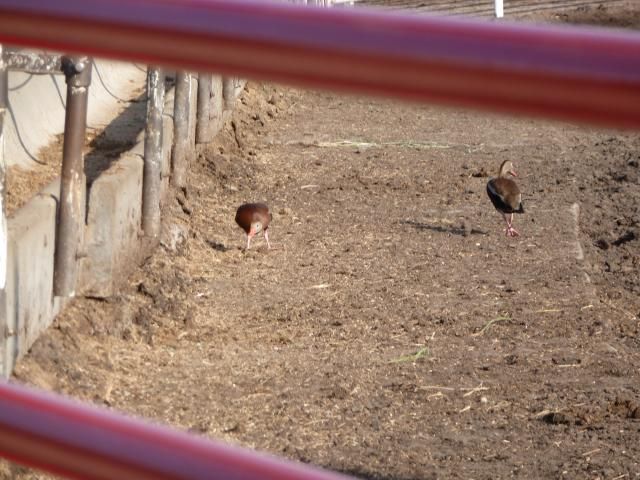Based on reports and sightings from around south Alabama, it appears that Black Belly Whisting Ducks have now established a small but spreading breeding population in coastal Alabama.
We have at least two pairs close to our office that have been checking out nest boxes.
Pairs have been reported north of here as well, and a single was reported on one of the "bird alert" pages as being sighted up on the TN River Valley last week.
With how fast they are spreading, I imagine they will be present & breeding in all the Gulf States soon.
Anyone else seeing them moving into their areas? Are they moving into GA or the Carolinas?
We have at least two pairs close to our office that have been checking out nest boxes.
Pairs have been reported north of here as well, and a single was reported on one of the "bird alert" pages as being sighted up on the TN River Valley last week.
With how fast they are spreading, I imagine they will be present & breeding in all the Gulf States soon.
Anyone else seeing them moving into their areas? Are they moving into GA or the Carolinas?





